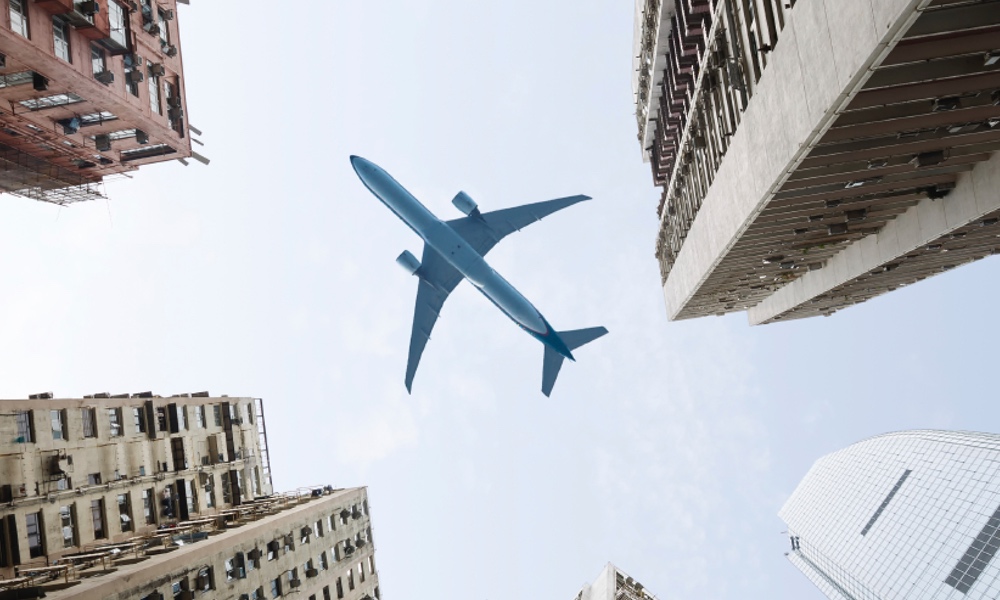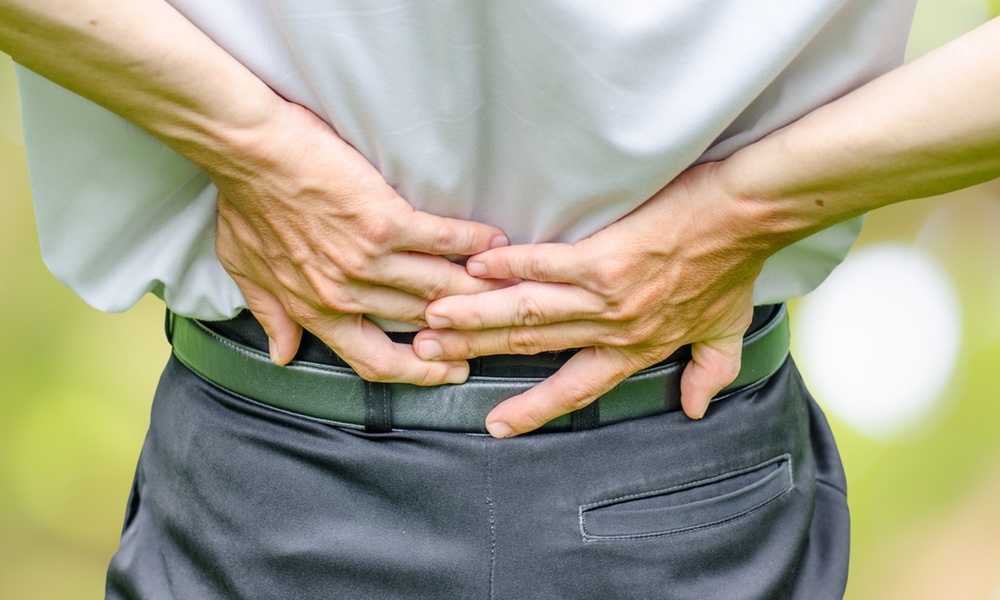Commuters in the U.S. spent more than 27 minutes on average commuting to work in 2019. During their commutes, they were exposed to traffic-related air pollution or TRAP, a mixture that includes ultra-fine particles, black carbon, carbon monoxide and carbon dioxide.
Identifying ways to reduce the health risks posed by air pollution is important because it is a known risk factor for cardiovascular disease and high blood pressure. Concerned about spikes in commuters' blood pressure, researchers at the University of Washington studied the effects of passenger compartment air filtration in rush-hour traffic.
They found that air filtration of TRAP may counteract its adverse effects on blood pressure, both immediately and after 24 hours.
The 16 study participants were between 22 and 49 years old, and had normal blood pressure when they enrolled in the study. During the two-year study period, participants were driven three times through traffic in Seattle, Washington. Each drive lasted about two hours. On two of the drives, air from the outside was allowed into the car through the vehicle's air vents. No filter was used.Commuters are exposed to traffic-related air pollution or TRAP, a mixture that includes ultra-fine particles, black carbon, carbon monoxide and carbon dioxide.
On the other drive, the vehicle was outfitted with a high-efficiency particulate air (HEPA) filter that reduced particulate matter in the air by 86 percent.
Each drive was separated by a period of at least three weeks. Fourteen 3-minute blood pressure readings were taken before, during and up to 24 hours after each drive at specified times throughout the day.
One hour into the drive, the average diastolic blood pressure was 4.7 mm Hg higher during unfiltered drives compared to filtered drives. The average systolic blood pressure was 4.5 mm Hg higher during unfiltered drives. Twenty-four hours after the drive, the average diastolic blood pressure was 3.8 mm Hg higher following unfiltered drives versus filtered drives. The average systolic blood pressure was 1.1 mm Hg higher following unfiltered drives.
Central retinal arteriolar equivalents (CRAEs), which also signal increased blood pressure, were measured using retinal photographs taken 30 minutes before and 30 minutes after each drive. The average CRAE was 2.7 µm wider after unfiltered drives than after filtered drives.
Even though this was a small study, and it had limitations that raise questions to be answered in future studies, the message for commuters is clear: Air pollution, apart from the stress of traffic jams, raises commuters' blood pressure.
The study is published in the Annals of Internal Medicine.





